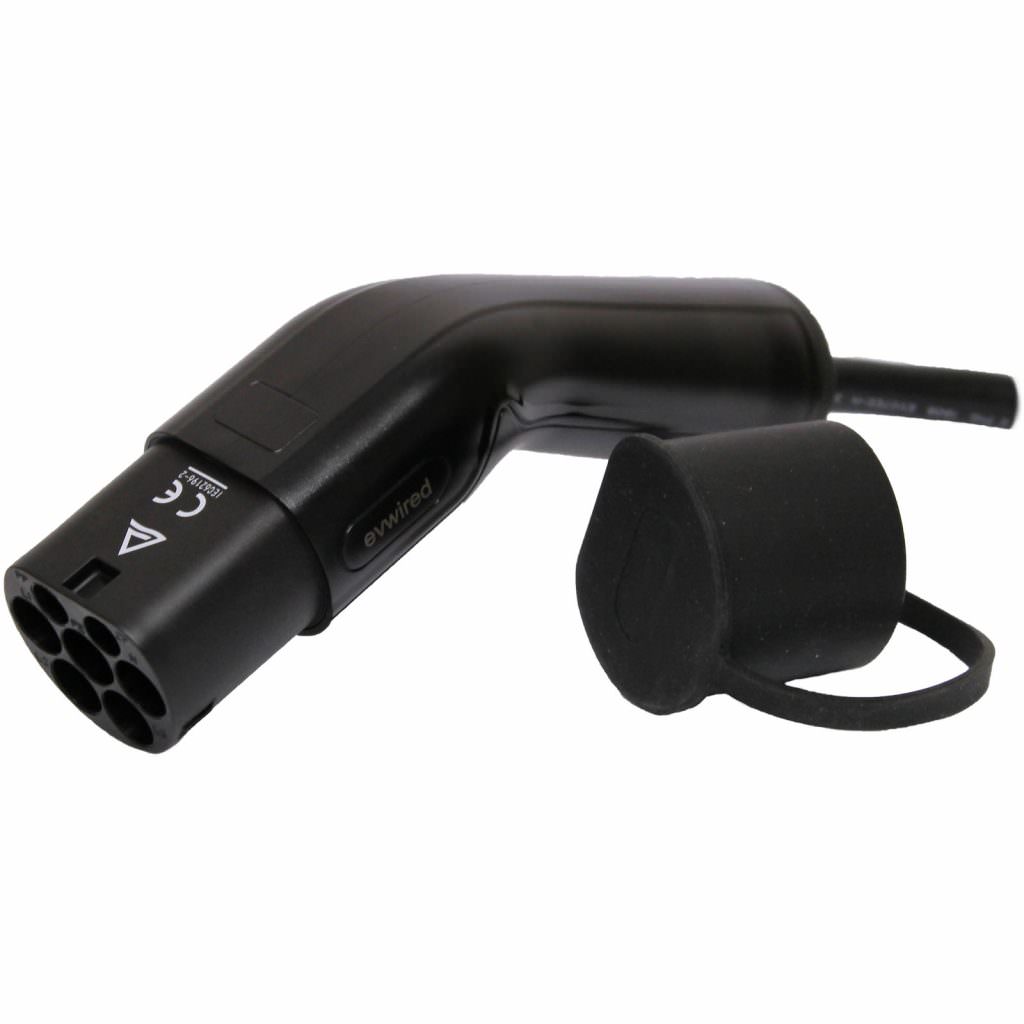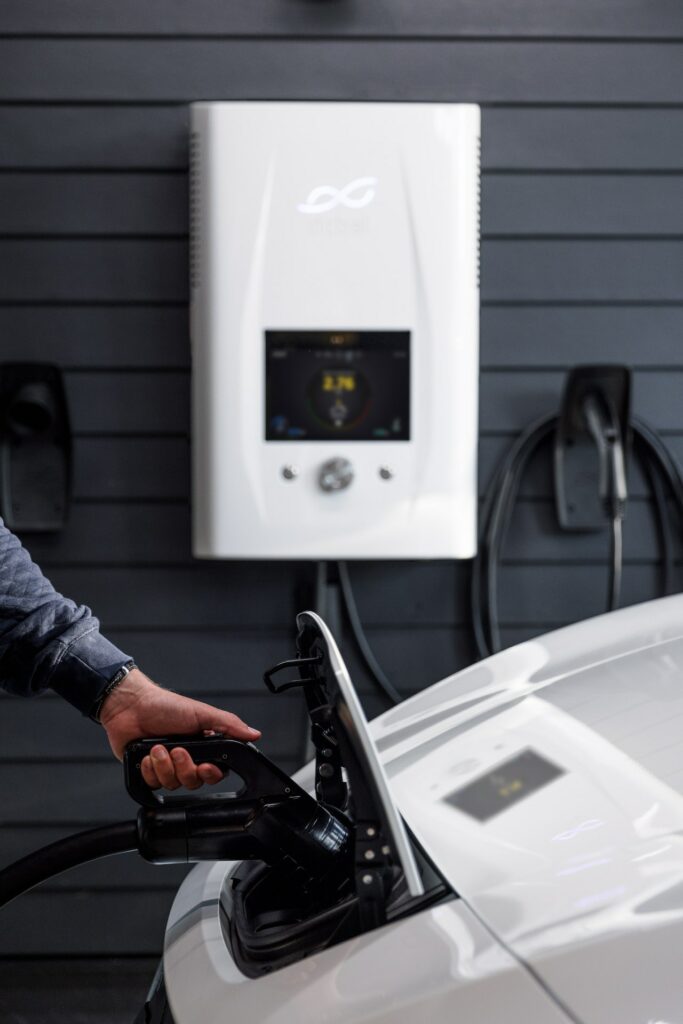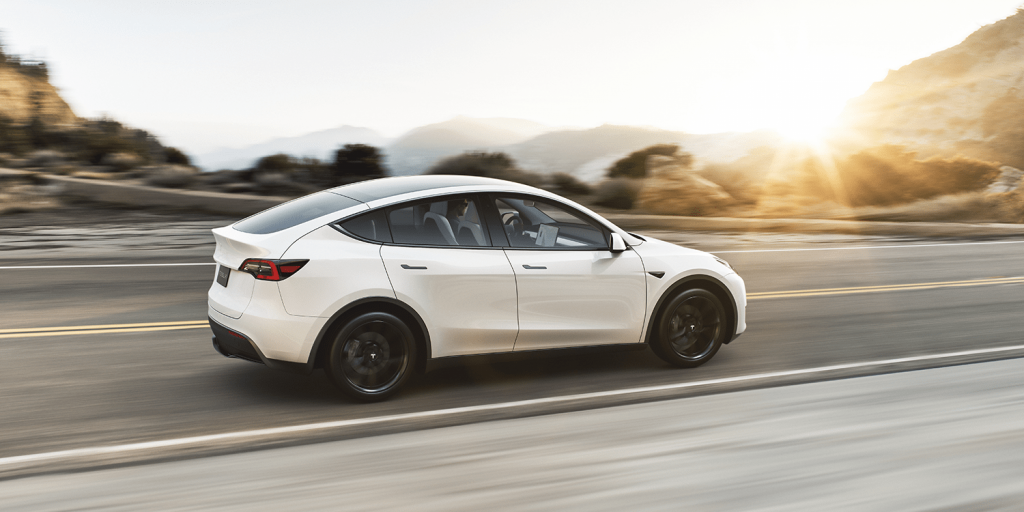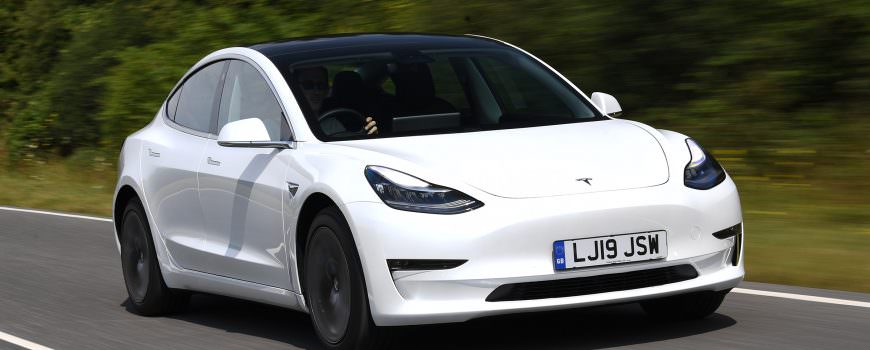How much does it cost to charge a Tesla?
In the industry of electric vehicles, Tesla’s Model 3 is considered to be a gamechanger, being a more affordable entry-level vehicle compared with previous models. There are a few factors to consider when trying to calculate the costs of charging a Tesla, such as: your equipment, whether you are charging at home or in public, your energy tariff, and the weather. However, that said, compared to regular fuel refills EV charging is not only cost efficient – saving you more than 50%, but the cleaner impact on the environment also provides another win for electric vehicles.
You can read more about the general costs of charging an EV, as well as the handy kWh calculation here.
In this article, we aim to answer your questions relating to Tesla’s Model 3 electric vehicle and help to demystify some of the most common problems you may encounter along the way.

Which charging cable is compatible with Tesla’s Model 3?
Tesla’s Model 3 can be charged with a Type 2 connector. This connector can be used when charging at home, at work, and even when charging in public. Tesla’s Model 3 also includes what is known as a CCS (Combined Charging System) connector. This enables the use of rapid charging. CCS chargers are usually found at motorway service stations, where the cable is already fitted, so when you arrive you just need to pay and plug in your EV.
How long will it take to charge?
Charging times can vary on a number of factors, such as the voltage modes of the charging cable you use, as well as unforeseen influences like the weather. Charging at home is generally a lot slower than charging in public – for instance with a rapid charging station.
However, home charging can be cost-effective and convenient, as you can leave your EV on charge overnight, so that it’s ready to go in the morning.
What is the fastest way to charge?
The fastest way to charge your electric vehicle is at a rapid charging station. You can use a public rapid charging station, or access Tesla’s own supercharger network.
Although this is the fastest way to charge your EV it is not always the cheapest, so you will need to consider this when weighing up your options. However, if you find yourself short on time, and you are in need of a rapid charge in order to get to that business meeting or pick up the kids, then the supercharger will be your best friend.


How far can I drive on a single charge?
Depending on where you are going, it is important to know the specifications of how far a single charge can take you, whether you’re travelling to work, the supermarket, or going on holiday.
Tesla vehicles all include impressive ranges, and on average a single charge of a Tesla Model 3 EV will give you a range between 278-360 miles. Although this may not be the case during Winter, Tesla’s EVs are still considered to be rather efficient during cooler months too.
Charging at home
The majority of EV owners rely on home charging, but how much does this cost?
This will depend on your energy provider, however, the average cost of charging a Tesla Model 3 electric vehicle works out at around 16p per kWh. This is an average cost of around £9.60 per full charge. In comparison to a general public rapid charger which would cost around 30p per kWh, and around £14.40 per full charge, you can see why most people prefer home charging compared to public chargers.
Charging at work
More and more workplaces are introducing charging outlets for electric vehicles. They can be extremely convenient, as you can fully charge your car while you’re at work.
Government grants are also available to create charging infrastructures in the workplace. If your employer doesn’t yet have a charging infrastructure in place, it might be worth mentioning.
Is Tesla’s Charging Network Free?
When Tesla’s supercharging network was first introduced to the public, charging was made available for free on certain models. However, as the years have passed, all new Tesla vehicles are now charged by per kWh or minute at all of their stations, where supercharging is available.
But how much does it cost to charge a Tesla Model 3 you ask?
Tesla’s supercharging network costs around 24p per kWh, which works out at around £11.50 to fully charge your EV. This is obviously slightly more expensive than charging at home, but it can be cheaper than charging at other public outlets.
Is there any financial help available?
Unfortunately, Tesla’s Model 3 has been excluded from the government’s plug-in grant as it costs more than £35,000 – which is the maximum price to qualify for the discount of up to £2500, on new low-emission vehicles.
However, there are other incentives that are worth looking into, depending on where you are situated. Some of these benefits include: exemptions from London’s congestion charge, interest-free loans in Scotland, and exemption from the vehicle excise duty.
As well as regular driver benefits, Tesla vehicles also offer business incentives. A few of these incentives include: 100% first year allowance, reductions in National Insurance contributions, and salary sacrifice schemes. More information about all of the above incentives can be found here.

Concluding – is it worth the switch?
In my opinion, yes. But as you can see above there are a lot of factors to consider in learning how to charge an electric vehicle, and there will be some circumstances out of your control – such as charging during bad weather. However, the more you read up on EV charging, the better prepared you will be when and if you decide to make the switch.
